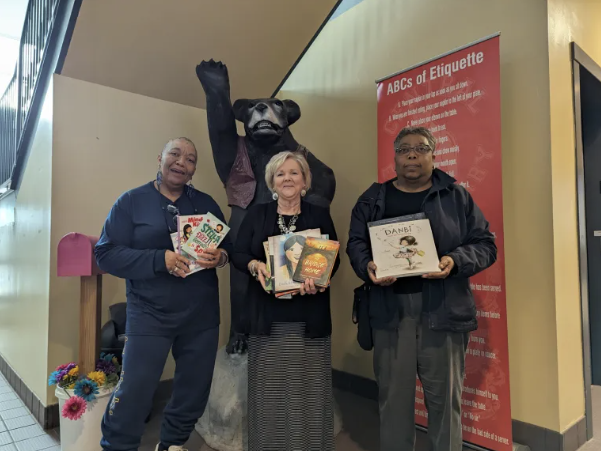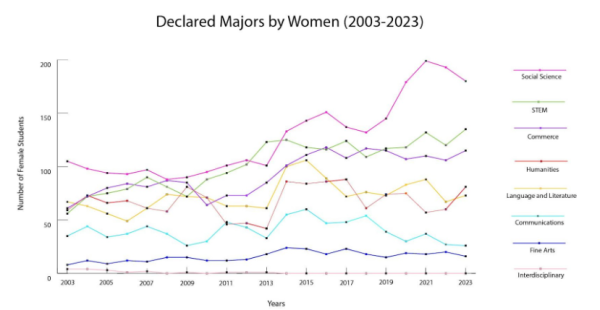“Freshman Plague” strikes yet again on W&L campus
September 26, 2016
Only two weeks into the academic year, dozens of Washington and Lee first-year students have already fallen victim to a spread of colds annually referred to as “the freshman plague.”
This experience of mild illness, also known as “Graham-Lees Disease,” has become a rite of passage for first-years in the weeks following orientation, or “O-week.”
During O-week, first-years are initiated into the hallowed traditions of Washington and Lee. Their official induction into the W&L community is symbolized not only by their involvement in social and academic life on campus, but also their participation in the Speaking Tradition and Honor System. For many students, this week of initiation culminates with “the plague,” yet another symbol of true membership in the student community.
Contraction of “the plague” is usually indicated by a common viral upper respiratory infection. Occasionally, students experience an outbreak of strep throat, influenza and other illnesses.
According to Dr. Jane Horton, director of student health, the W&L Student Health Center sees an increase in illness when students first arrive on campus or after breaks. Students bring germs from home, which are easy to share when living, studying and socializing with one another.
“For a lot of first-year students, it’s the first time they’ve been away from home and had to sort of manage this on their own,” Dr. Horton said. “We see people learning how to take care of themselves, so there is a lot of education as part of the visits as well.”
Jenna Choi, ‘19, recalls getting bronchitis during her first week as a first-year last fall.
“People bring germs from all over the nation and sometimes outside of the country, and even if they are ‘immune’ to it, other people may not be,” she said. “People just get everything. Colds, bronchitis, strep. I feel like it especially happened a lot last year. It was absolutely terrible.”
Thomas Joyner, ‘18, also got sick as a first-year.
“At one point I just started drinking Emergen-C two to three times a day, even if I was healthy at that point,” he said.
Kara Lough, ‘20, started feeling sick on the first Monday of classes.
“My throat hurt very badly,” she said. “ I had a runny nose. I had a fever at some point, and I’ve been really tired.”
Lough visited the Health Center, where students can walk in to see a nurse or schedule an appointment to see a physician.
“The nurses are extremely nice and helpful. I love them. They gave me a bag of salt for gargling, nasal decongestant, and cough drops,” she said. “Being sick is miserable, but part of me feels secretly proud for carrying on the tradition.”
Nearly Lough’s entire hall has been affected.
“It’s almost like a competition to see whose immune system is the strongest,” she said.
Her neighbor, George Barker, ‘20, experienced two rounds of a cold.
“The first time I got it, I was kind of proud. The second time around, I was sick of it,” Barker said. “Our hall even wrote something on our board of who’s been hit by the plague. We had a chart with everyone’s name on it and we’d put an X on them when they got it.”
Regarding his feelings on the tradition of “the plague,” Barker said, “I’m sitting here with a blanket wrapped around me. You’re asking me at my lowest low before the Advil’s kicked in.”
Matt Villante, ‘20, recognizes “the plague” as a rite of passage.
“I feel like it’s just one of those things you have to experience,” he said. “You just have to get through it. I’m hoping I’m invulnerable next year.”
Regardless of whether or not students appreciate “the plague” as a rite of passage, Dr. Horton advises that those who haven’t been affected take precautions.
“Covering a cough, staying home when sick, not sharing food/drinks, and washing hands frequently are good ways to reduce the spread of germs,” she said. “Wiping down high-touch surfaces, like door handles, with disinfecting wipes frequently can help, too.”












